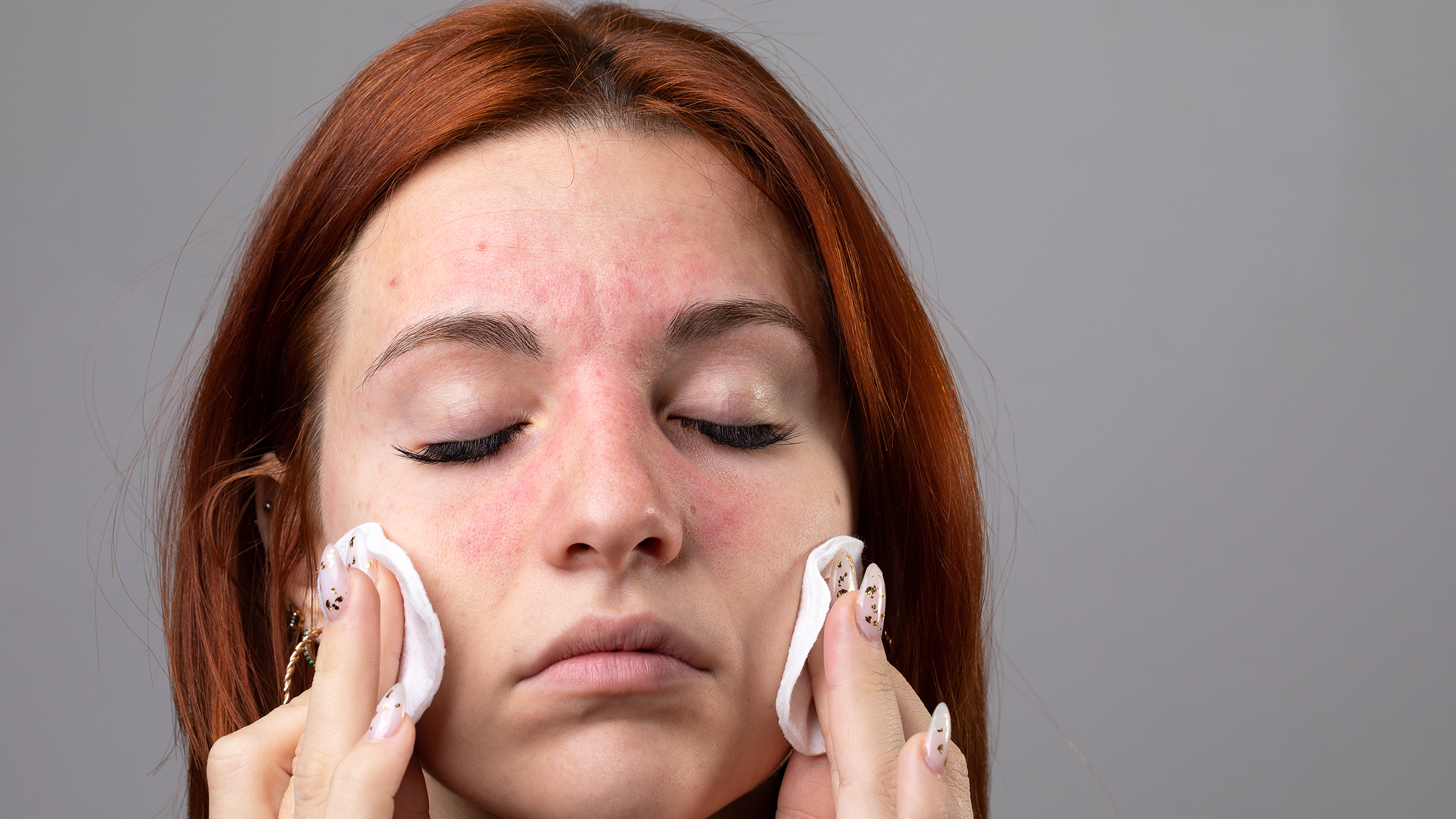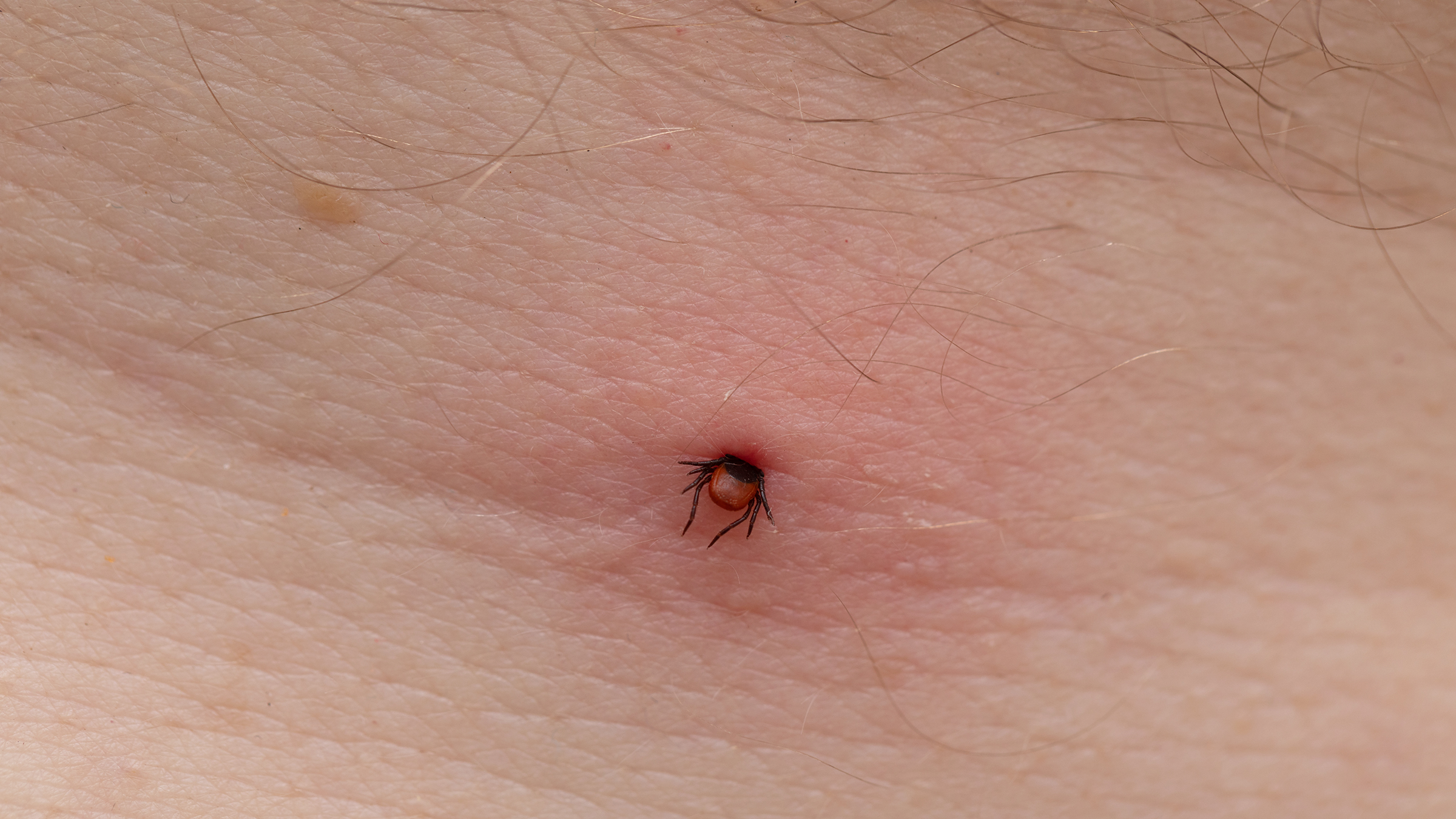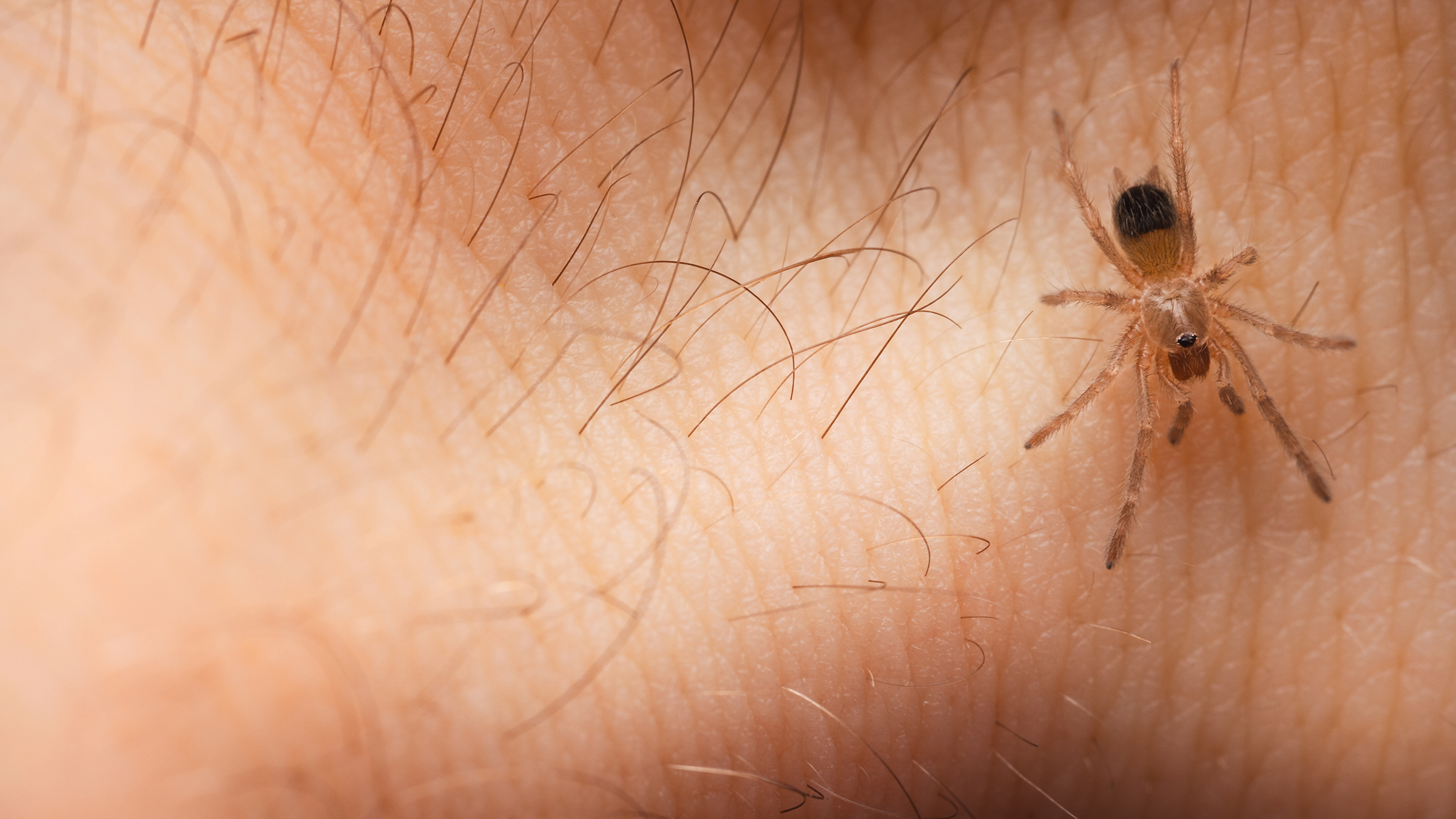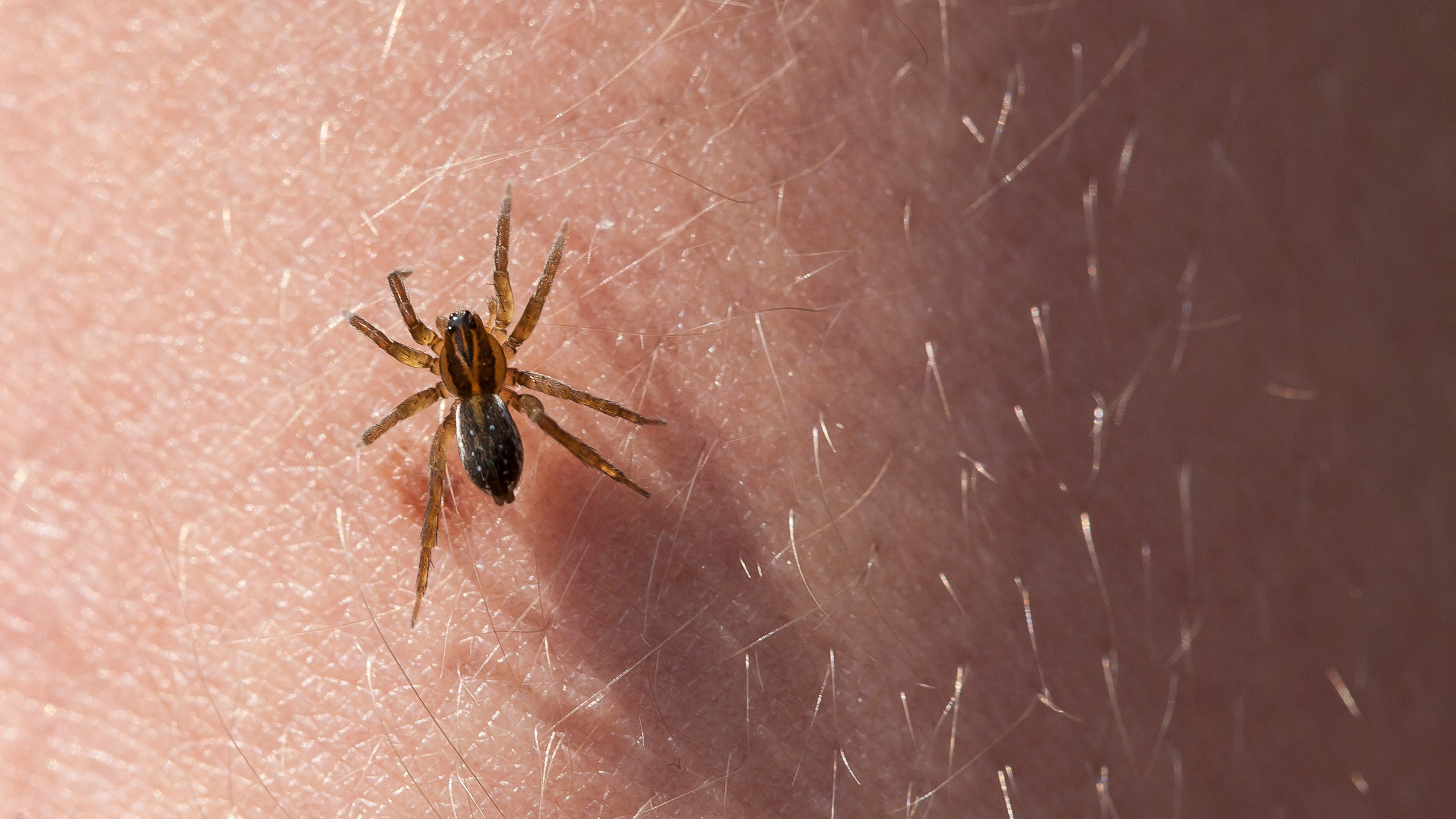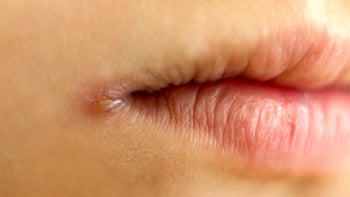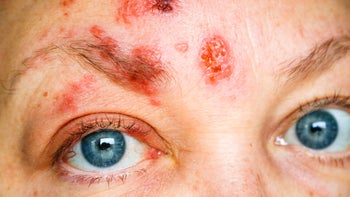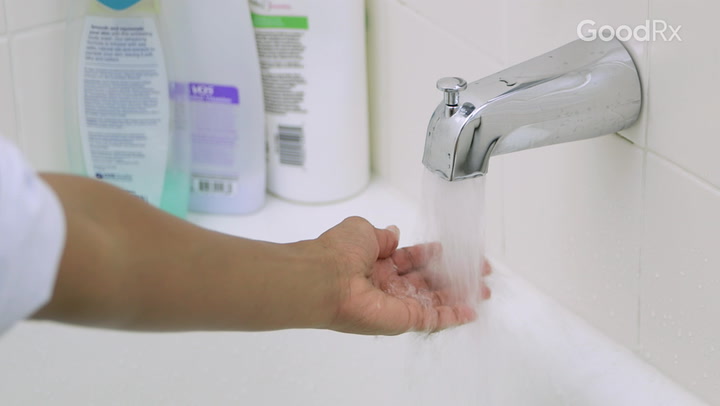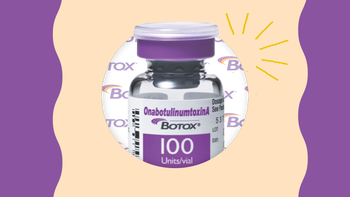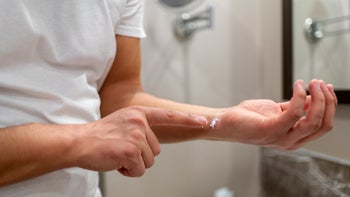
At-Home and Over-the-Counter Treatments for Allergic Skin Reactions
Key takeaways:
An allergic skin reaction (contact dermatitis) happens when something comes into contact with the skin and causes irritation or inflammation. It usually leads to red, itchy bumps on the skin.
Some common substances that cause allergic rashes include fragrances, metals, plants, dish soaps, and common household cleaning agents.
The best treatment for allergic skin reactions is prevention by protecting your skin. But there are a few home remedies and over-the-counter medications that can help when they happen.

Allergic skin reactions are a common problem. In fact, almost 1 in 10 people have experienced some type of skin allergy. And if you’ve ever developed a red, itchy rash after trying a new skin care product or wearing new jewelry, you know how uncomfortable it can be.
Here we’ll talk about why your skin has these reactions and some steps you can take to soothe your skin when it happens.
What can cause an allergic skin rash (contact dermatitis)?
Contact dermatitis is the medical term for an allergic skin rash — when something touches your skin and causes a rash. There are two types of contact dermatitis:
Irritant contact dermatitis: This is the most common type and occurs when an irritant touches your skin and causes a rash. Irritants can include toxins — like chemicals and bleach — but also some everyday products, like dish soap.
Allergic contact dermatitis: This occurs when your skin has an allergic reaction to something because it activates your immune system. If you’ve ever reacted to poison ivy, you know what it’s like to have this type of rash. Common allergens include nickel, latex, and some fragrances and preservatives in skin products.
There’s a long list of things that can cause contact dermatitis. Some of these include:
Fertilizers and pesticides
Household cleaners
Dish soaps
Detergents
Plants
Fruit juices
Adhesive and glue-like substances
Bleach
Hair products, like hair dye and hair-straightening chemicals
Disinfectants
Fragrances
Some metals, like nickel, often in jewelry
Latex
If your rash is large or severe — or you’re not sure if it’s contact dermatitis — don’t try to wait it out or treat your rash at home. There are some ways to know if you should see your provider. But if your symptoms feel more mild, there are some things you can do to treat yourself at home.
Home remedies for allergic skin reactions
Whether you develop an irritant or allergic contact dermatitis, there are certain things you can do to help relieve your symptoms. Here are some easy ways to soothe mild allergic skin reactions at home:
Don’t scratch. The first step is to avoid scratching, which can be hard to do. But the more you scratch your skin, the more it will get irritated and inflamed. Scratching can also increase your risk of getting a skin infection.
Use cold compresses. Ice packs and cold compresses can help calm inflamed skin. Applying these for 5 to 10 minutes several times a day can also relieve the itch.
Take oatmeal baths. If a large area of skin is involved, or your symptoms are really intense, oatmeal baths can help. To soothe inflamed skin, you can follow these steps to make your own, or you can find a product with colloidal oatmeal and add it directly to your bath.
WHAT TO READ NEXT
Popular stories this week
Over-the-counter treatments for allergic skin reactions
In addition to taking the above steps, there are several over-the-counter (OTC) products that may help relieve your symptoms:
Topical steroids: Hydrocortisone is a low-dose topical steroid that can help treat dermatitis by lowering skin inflammation. It can be used once or twice a day for up to 2 weeks.
Antihistamines: If your itching is severe, an antihistamine like diphenhydramine (Benadryl) can be helpful. Just remember that some antihistamines can make you sleepy.
Cooling agents: Ingredients like menthol and camphor can help relieve itchy skin. Some products, like Sarna Original Anti-Itch Lotion, combine both agents. Creams with calamine or pramoxine can also help reduce the itch.
Refrigerated creams: Try keeping your creams and lotions in the fridge before using them. This will add an extra cooling effect on your skin.
How long does it take an allergic reaction rash to go away?
Most allergic skin rashes go away in about 2 weeks. This timeframe assumes you’re no longer coming into contact with the irritant or allergen. If your rash lasts longer than 2 weeks, this might be one of the reasons to see your healthcare provider.
When to see your healthcare provider
Many irritant and allergic skin reactions are mild and can be treated at home. In fact, most people are often able to identify the trigger and avoid it in the future.
But there are times when you should see a dermatologist or healthcare provider. Here are some examples of when to get medical attention:
Your symptoms feel severe.
Your rash involves a large patch of skin.
You have blisters or the rash is oozing.
Your rash doesn’t improve, or it keeps coming back.
You can’t figure out what is causing the rash.
You have signs of a skin infection, such as pus, pain, or spreading of the rash.
You’re experiencing other symptoms, such as fever, weakness, dizziness, shortness of breath, vomiting, or diarrhea.
How to prevent contact dermatitis
When it comes to contact dermatitis, prevention is the best treatment. The most important thing is to identify what your skin is reacting to and avoid coming into contact with it in the future.
Here are some other tips to prevent contact dermatitis:
Wear gloves or use other hand protection whenever you might come into contact with an irritant.
Moisturizers and barrier creams can help provide a protective barrier.
Practice common hand washing (with a mild, fragrance-free soap).
Learn about common irritants, so you know when to take extra precaution.
If you think you have come into contact with a potential irritant, gently rinse the area with cold tap water.
The bottom line
Allergic skin reactions happen all the time. And they can develop in response to everyday items, like dish soap and common plants. To best treat and prevent allergic skin reactions, it’s important to identify the substance causing your rash. In the meantime, there are some at-home and over-the-counter remedies that can help with the discomfort caused by a rash. But they often go away on their own in a few weeks.
References
Bauer, A., et al. (2018). Interventions for preventing occupational irritant hand dermatitis. The Cochrane Database of Systematic Reviews.
Johnson & Johnson Consumer Inc. (2023). Aveeno soothing bath treatment- oatmeal powder [package insert]. DailyMed.
Rashid, R. S., et al. (2016). Contact dermatitis. British Medical Journal.


